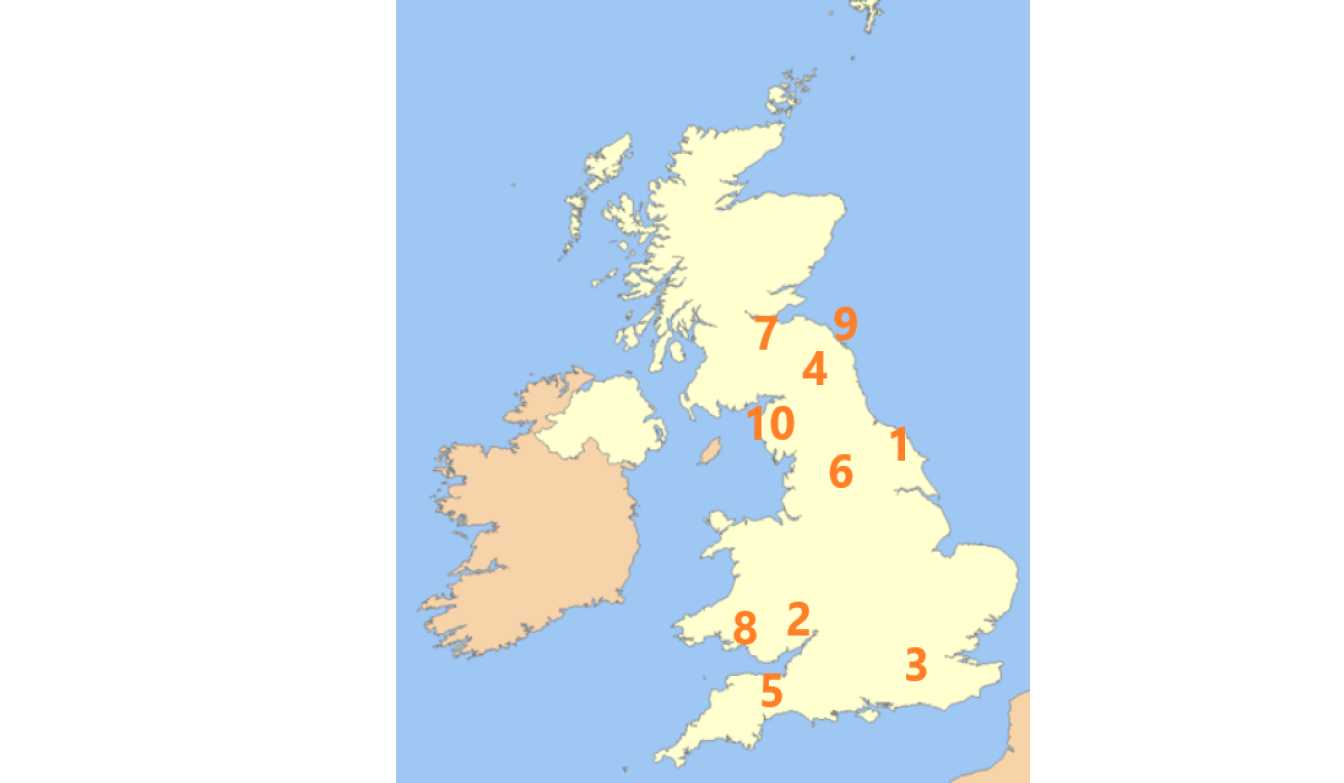
Abbeys and Priories of the UK Trivia Quiz
Britain has many abbeys and priories, mostly in ruins thanks to Henry VIII. The ruins are picturesque and magnificent in their beauty and attract many visitors each year. Can you place these famous sites on a map of the UK, though? Let's find out.
A label quiz
by rossian.
Estimated time: 3 mins.
